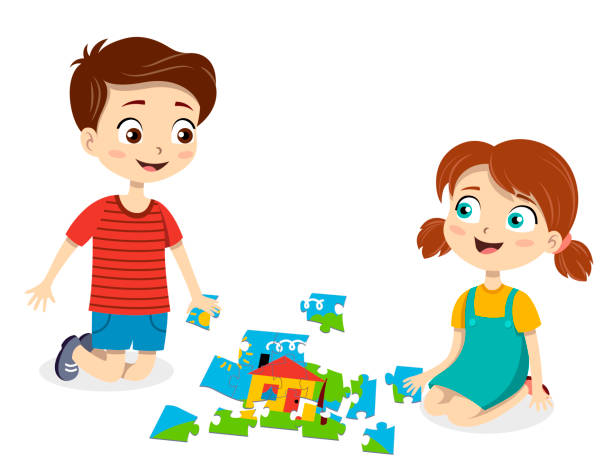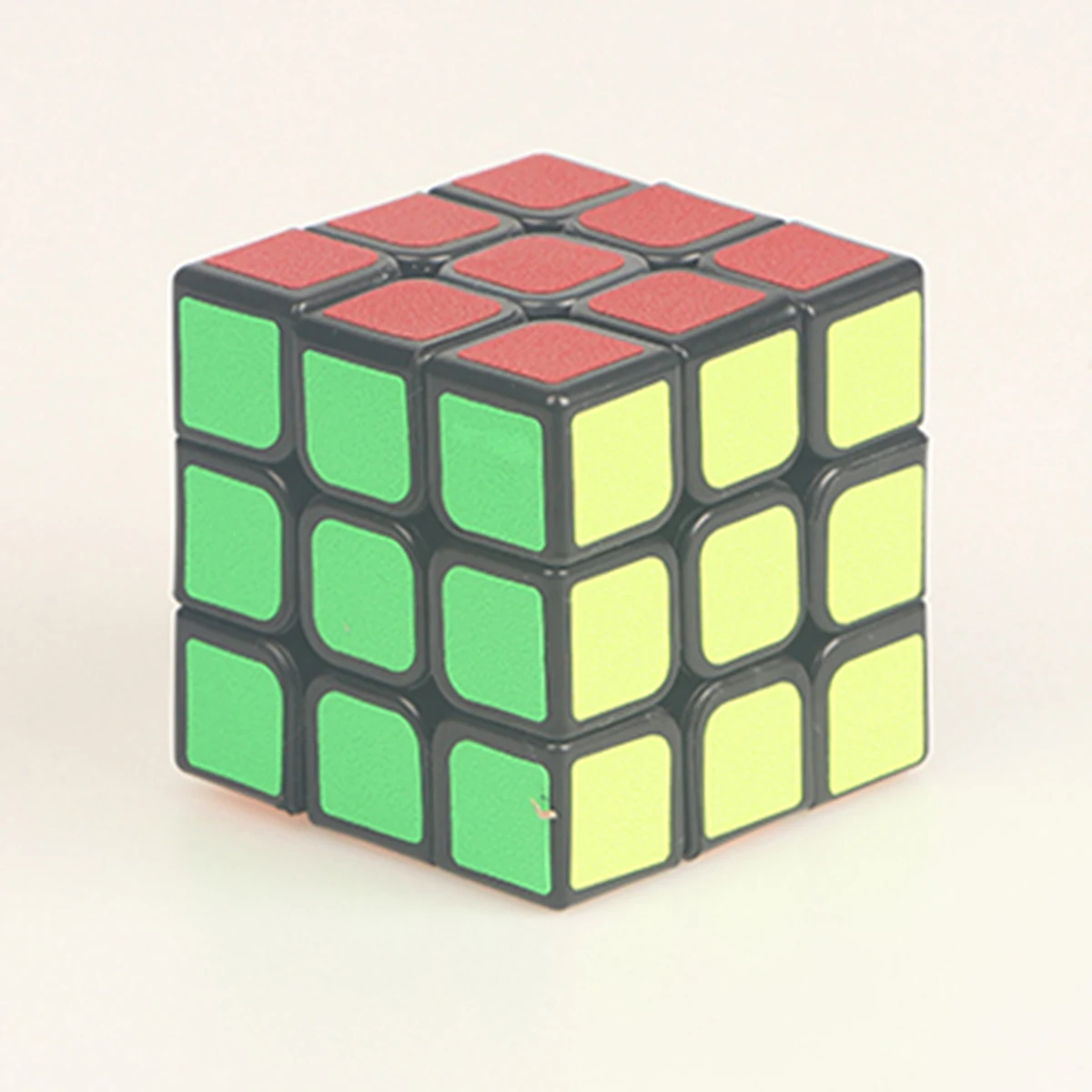
Jigsaw Puzzles: Traditional puzzles made of interlocking pieces, available in various sizes and difficulty levels.
3D Puzzles: Puzzles that create three-dimensional structures, like buildings, animals, or famous landmarks.
Logic Puzzles: Brain teasers that challenge logical thinking and problem-solving skills, such as Sudoku, crosswords, and nonograms.
Mechanical Puzzles: Physical puzzles that involve manipulation of parts to achieve a specific goal, like Rubik's Cube and tangrams.
Educational Puzzles: Puzzles designed to teach specific skills or knowledge, such as alphabet puzzles, number puzzles, and geography puzzles.
2. Benefits and Developmental Impact
Cognitive Skills: Enhancing spatial awareness, problem-solving, memory, and attention to detail through puzzle-solving.
Fine Motor Skills: Improving hand-eye coordination and dexterity, especially in young children.
Patience and Perseverance: Teaching patience, persistence, and goal-setting as puzzles often require extended focus and effort.
Emotional Regulation: Developing the ability to handle frustration and the satisfaction of completing a challenging task.
3. Design and Features
Engaging Artwork: Vibrant and appealing designs that attract different age groups and interests.
Quality Materials: Durable materials such as thick cardboard, wood, or plastic to ensure longevity and ease of handling.
Variety of Challenges: Puzzles available in different themes, sizes, and difficulty levels to cater to a wide range of preferences and abilities.
4. Making and Manufacturing
Prototyping: Creating initial prototypes to test the fit, design, and complexity of the puzzle.
Material Selection: Choosing materials that are safe, durable, and environmentally friendly.
Production Techniques: Utilizing die-cutting for precision in jigsaw puzzles, injection molding for 3D puzzles, and high-quality printing for vivid graphics.
5. Care and Maintenance
Storage Solutions: Keeping puzzle pieces organized and safe with storage boxes, resealable bags, or puzzle mats.
Cleaning and Preservation: Using soft, dry cloths to clean pieces and storing puzzles in a cool, dry place to prevent damage.
Handling: Encouraging gentle handling to avoid bending or breaking puzzle pieces.
6. Market Trends and Consumer Preferences
Personalization: Customized puzzles featuring personal photos, names, or specific themes.
Educational Value: Puzzles that incorporate educational content, making learning fun and interactive.
Eco-Friendly Options: Increasing demand for puzzles made from sustainable materials and environmentally friendly production practices.
Digital Integration: Popularity of digital puzzles and apps that provide a similar experience to physical puzzles.
7. Educational Outcomes and Engagement
STEM Learning: Puzzles that introduce concepts in science, technology, engineering, and mathematics.
Language Development: Word puzzles and crosswords that enhance vocabulary, spelling, and comprehension skills.
Cultural Awareness: Puzzles that explore different cultures, historical events, and geographical knowledge.
Conclusion
Puzzles offer a diverse range of cognitive, motor, and emotional benefits for individuals of all ages. By choosing puzzles that align with personal interests and developmental needs, individuals and families can enjoy hours of engaging and educational entertainment. The variety of puzzles available ensures there is something for everyone, from classic jigsaw puzzles to innovative 3D designs, making puzzles a timeless and valuable part of play and learning.





